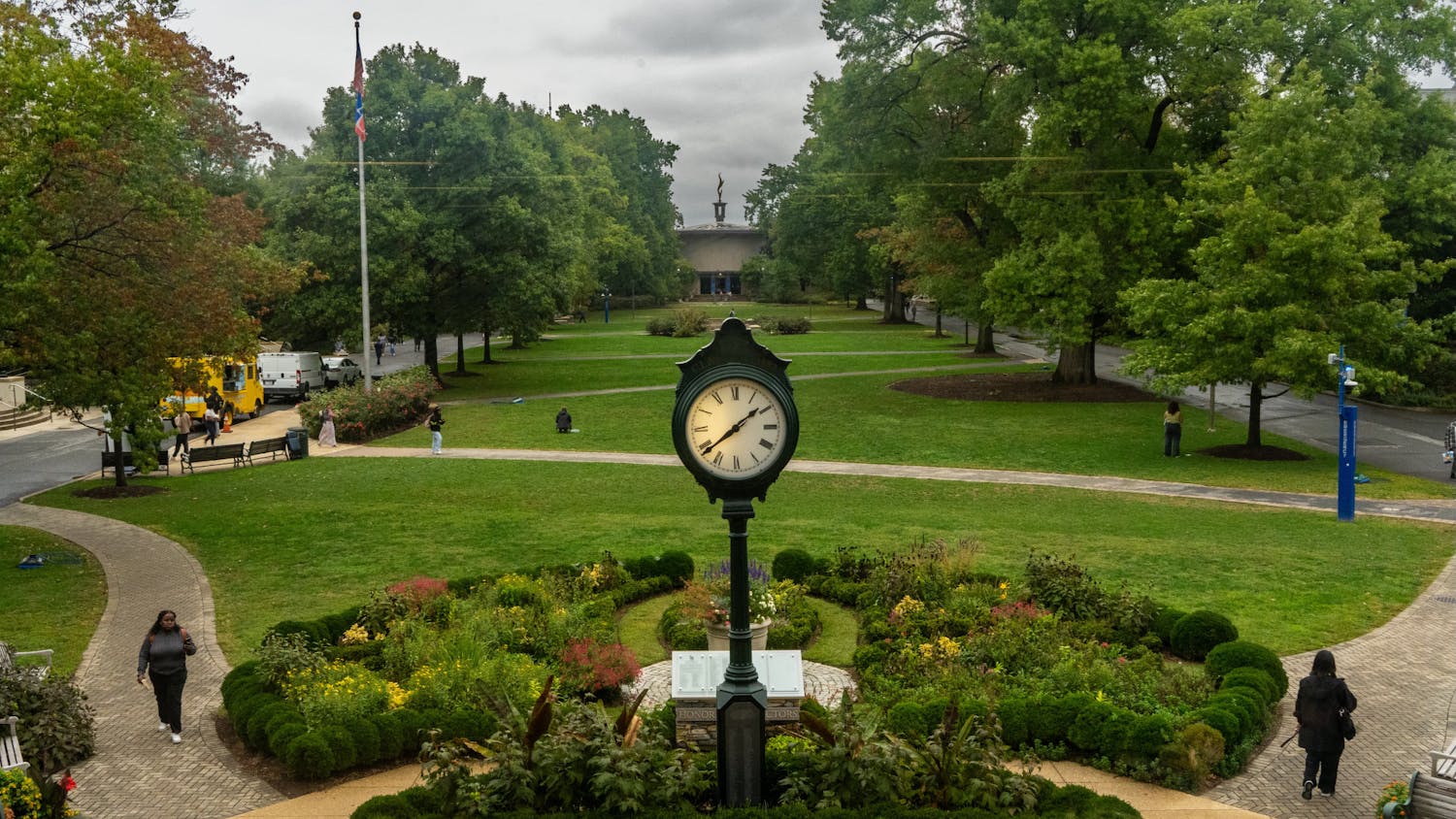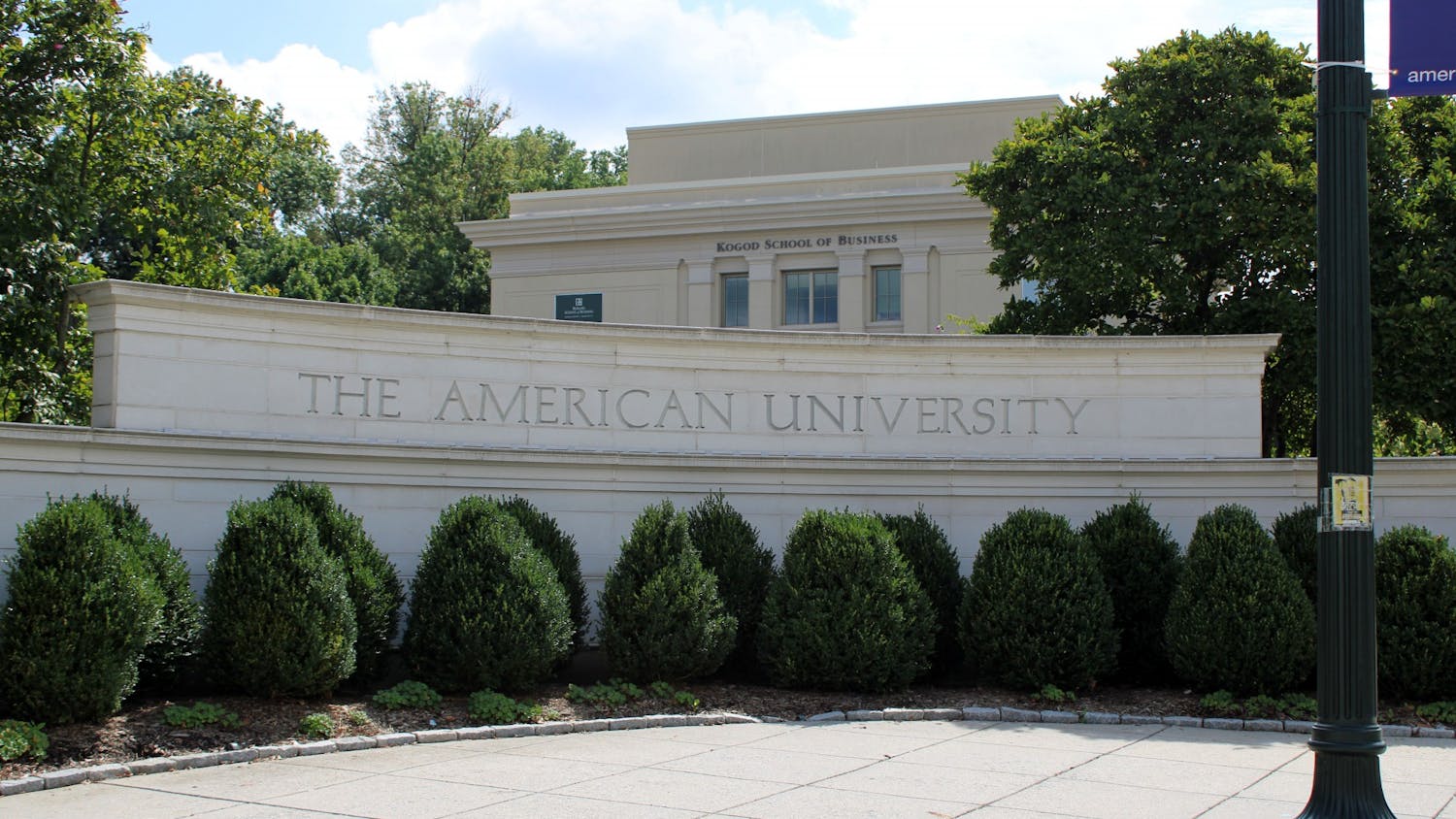ABOUT THE QUICK TAKE
_Every Friday, the Quick Take columnists will offer their views on an issue of significance to AU. Notable members of the campus community will also be invited to contribute to this feature. Suggestions for topics and other ideas from readers are welcome and encouraged, so please submit comments to edpage@theeagleonline.com
Check out The Eagle’s poll results to see what readers think of lifetime term limits for federal judges.
Lifelong term limits ensure responsible judicial decisions over time
By Madison Freeman
Giving Supreme Court justices lifelong terms prevents public opinion and partisan motives from influencing their actions, thus maintaining the integrity of their decisions.
The U.S. Supreme Court holds vast power. It is, after all, the highest court in the entire judicial system, the final determiner and interpreter of federal law, and handles the most important cases in the nation. Its nine justices, who are supposed to remain the impartial arbitrators of constitutionality, are appointed by the president to a serve a life term.
By nature of their appointment, Supreme Court justices have incredible job security. They have no need to satisfy anyone to maintain their employment and can maintain an impartiality that transcends public opinion and partisan goals. By not having to satisfy the public, the president or Congress, the Court is freed from political pressure and maintains its liberty to make just decisions, no matter their popularity. They also do not feel pressure to finish out any particular number of years. Knowing that they decide the length of their own terms allows them to make their own highly educated decisions about when to step down.
The long terms of the justices ensure that the law is enacted consistently over the years, though the frequent introduction of new judges allows for gradual shifts in how conservative or liberal of a stance the Court takes on issues. Though many justices have served on the Court for very long terms, such as Chief Justice John Marshall, who served for 34 years, the tenures of the Supreme Court justices are not as long as the phrase “lifelong” may imply. The average tenure of a justice is just 16 years, shorter than the 18-year limit suggested by Calabresi and Lindgren. Though there are certainly differences in the approaches each Chief Justice’s court takes on the law throughout the years, the Court remains a single entity, one that hands down decisions that weather the test of time.
By giving Supreme Court justices life-long terms, our Founding Fathers helped ensure the separation of the judiciary from the executive branch and from contemporary politics. To change their tenure would not only go against the original intent of the Constitution, but it would dampen many of the current benefits stemming from the long tenures of judges.
Madison Freeman is a freshman in the School of International Service.
Lifelong term limits a necessary check to other branches of government
By Andrew Hunt
Lifelong term limits are vital to the function of the judicial system, which is to check the power of the legislators and the president. Judges should not be replaced so that politics do not affect them.
If term limits existed, judges would increase their willingness to garner favor of candidates and private interests to guarantee an appointment. Admittedly, this happens in politics now. But the effect of politics in a world with term limits increases when judges know they are more likely to be appointed when they listen to presidential candidates and special interest.
Additionally, abolishing term limits also limits the effectiveness of law. By determining the validity of law based upon the wishes of special interest and politicians instead of what the judge holds to be true, one reduces the power of law by focusing more on the opinions of others rather than what the law mandates.
When individuals other than judges have the capacity to hold them accountable via trial or deeming you unfit to serve, it removes a check in government. Making the opinion of legislators matter more weakens the judicial branch and gives the legislative and executive branches too much power. Also, not only do judges have to succumb to the wishes of the politicians who ensured their position as a judge, but also of the private interest that put the politicians in office to begin with. As a consequence, decisions that drive inequality and corporatism will only increase in a world with term limits.
The same holds true for any other branch of American government. If the president requires Congressional approval to veto something, it removes the point of having the veto. Additionally, if Congress requires the consent of the Supreme Court in order to pass a law, why not have the judicial system write the laws to begin with? By creating a swing in the power structure, federal judges no longer have a major impact on government and no longer need to exist.
In addition to the discussion of checks and balances, the topic of judges remaining beyond their time constantly arises. However, these situations are crucial to the strength of our legal system, for if attempts were made to remove them, quality of law would decrease.
Roadblocks to democracy, such as filibustering, judicial oversight, and funding debates create better legislation. The slow process increases the timespan in which government has the ability to think critically. The bills and motions that have been damaging to the success of this country are frequently the ones passed without legislators considering the bills’ implications.
The lifelong term limit is a necessary check that allows our government to function in perpetuity. Once checks are removed, power swings quite easily, and it becomes much more difficult to get back, and perhaps, a lot more frequently abused than we would like to admit.
Andrew Hunt is a freshman in the Kogod School of Business.




